From pv magazine India
India and Australia have agreed to jointly work towards reducing the cost of new and renewable energy technologies and scaling up deployment to accelerate global emissions reduction.
The two sides signed a letter of intent (LoI) in this regard during the 4th India – Australia Energy Dialogue, co-chaired by India’s Minister for Power and New & Renewable Energy, R.K. Singh, and Australia’s Minister for Energy and Emissions Reduction, Angus Taylor.
The focus of this LoI will be scaling up the manufacture and deployment of ultra-low-cost solar and “clean” hydrogen.
“Clean hydrogen,” a term frequently used by the Morrison government, refers to hydrogen made from fossil fuels where emissions are claimed to be captured by carbon capture and storage (CCS) technology. It is otherwise known as blue hydrogen, and not to be confused with green or renewable hydrogen.*
Energy transition was a major area of discussion in the dialogue and both the energy ministers spoke in detail about the ongoing energy transition activities in their respective countries with a focus on renewables, energy efficiency, storage, electric vehicles, critical minerals, mining, etc. The Indian side also highlighted the need for climate finance for meeting the energy transition goals of developing countries.
The two sides agreed on a forward action plan for areas like energy efficiency technologies; grid management; R&D collaboration on flue gas desulphurisation, biomass or hydrogen co-firing, water cycle optimisation, renewables integration, batteries, and electric mobility.
Author: Uma Gupta
*This article was amended on February 23 to clarify the difference between “clean” hydrogen and “green” hydrogen
This content is protected by copyright and may not be reused. If you want to cooperate with us and would like to reuse some of our content, please contact: editors@pv-magazine.com.
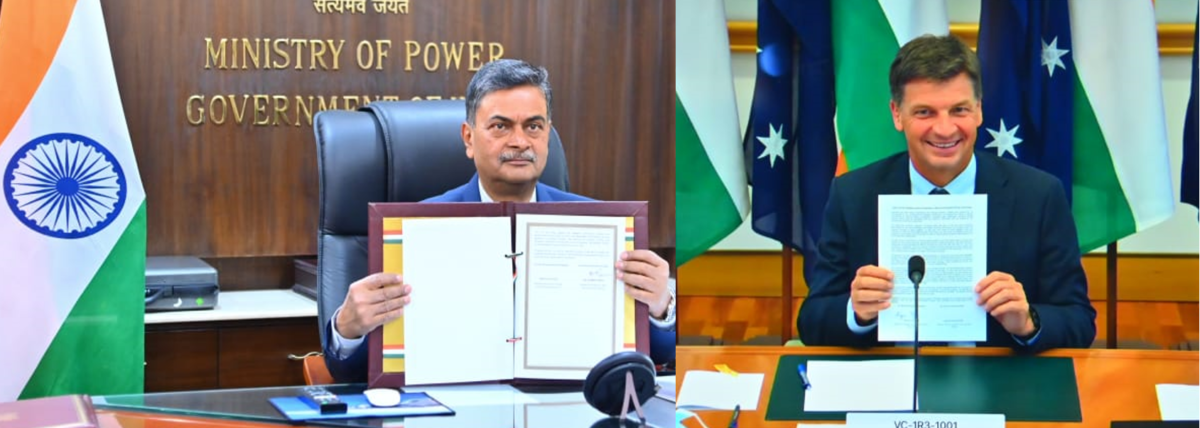
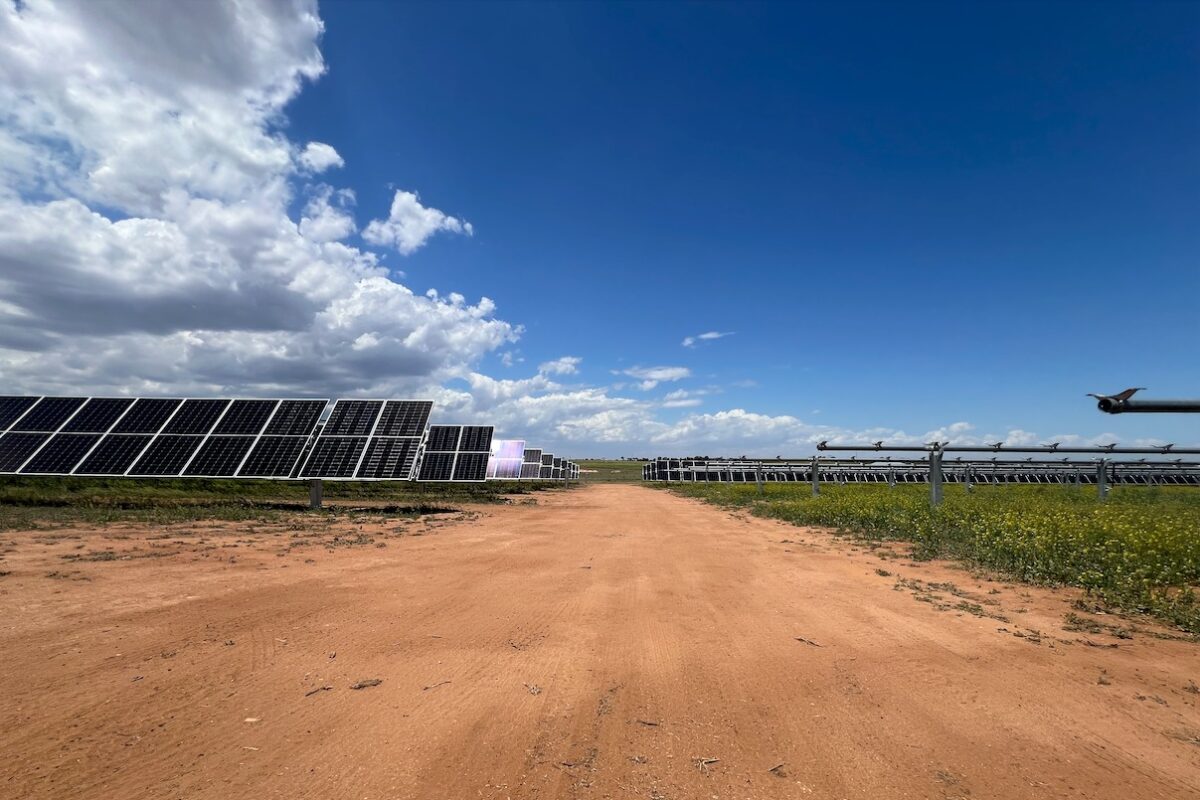

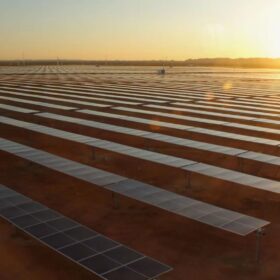
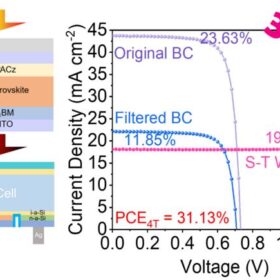
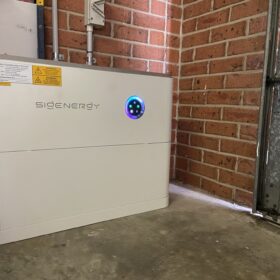
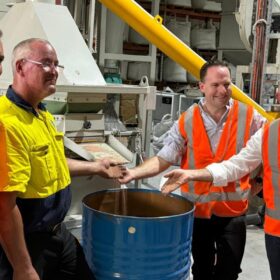

The title suggests “Green” hydrogen (i.e. made from renewables), but the text refers to “clean” hydrogen, which in Australia’s (Angus Taylor’s) mind means “blue” hydrogen (i.e. made from coal or gas with carbon capture & storage). I wonder if you could clarify.
Hi John, thank you for your comment. You’re absolutely right – the LoI outlines that the two governments will work together on ‘clean’ hydrogen – a very sneaky bit of terminology that is one of the Morrison government’s favourites, as you point out. I will amend the headline now and note the difference in the article. Thank you for bringing the error to my attention!